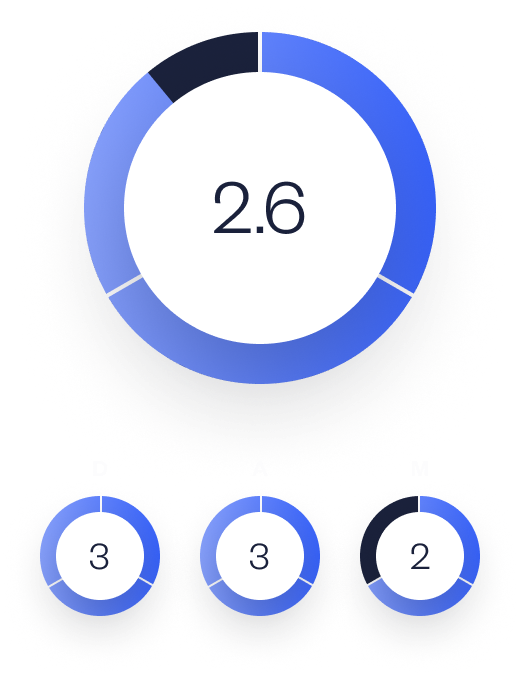Flow Load
Depicts the amount of active work underway.
ANALYSIS
Flow Load recognizes a central truth: the more work on everyone’s plates, the less you actually get done. By showing the volume of active work, teams can use WIP (work in progress) limits to keep the amount of active work reasonable. However, the usual method for showing Flow Load—a Cumulative Flow Diagram (CFD)—is inscrutable. For maximum actionability, set WIP limits by person.
Definition
Depicts the amount of active work underway.
The Socratic view
Flow Load recognizes a central truth: the more work on everyone’s plates, the less you actually get done. By showing the volume of active work, teams can use WIP (work in progress) limits to keep the amount of active work reasonable. However, the usual method for showing Flow Load—a Cumulative Flow Diagram (CFD)—is inscrutable. For maximum actionability, set WIP limits by person.
Background
Flow Load is a software engineering metric that originated from the Lean and Kanban frameworks. It became popular in the early 2000s as a way to visualize and manage work in progress (WIP). The concept of Flow Load recognizes that having too much active work can hinder productivity. The Cumulative Flow Diagram (CFD) is commonly used to represent Flow Load, although it can be complex to interpret. To make Flow Load more actionable, it is recommended to set WIP limits on a per-person basis. This ensures that the amount of active work remains within manageable levels, allowing teams to focus on completing tasks effectively.
Use cases
Flow Load is utilized in software engineering to understand and manage the amount of active work in a team. It is commonly used in Agile and Kanban methodologies, where teams aim to visualize their workflow and optimize their productivity. Software engineering teams, project managers, and stakeholders utilize Flow Load to monitor the volume of work in progress. By setting WIP limits, teams can prevent overloading individuals and maintain a steady flow of work. This metric enables teams to identify bottlenecks, balance workloads, and make informed decisions to improve overall efficiency.
Evaluating the metric
A good value for Flow Load is when the amount of active work is well-balanced and aligned with the team's capacity. It indicates that the team is operating within manageable limits, enabling them to focus on completing tasks effectively. On the other hand, a bad value for Flow Load is when the amount of active work exceeds the team's capacity. This can lead to increased multitasking, delays in completing tasks, and decreased overall productivity. A high Flow Load may indicate that the team is overwhelmed and at risk of burnout.
By evaluating Flow Load, software engineering teams can assess their workload distribution, identify potential bottlenecks, and make data-driven decisions to optimize their productivity. Maintaining an appropriate Flow Load ensures that the team can deliver high-quality software in a timely manner while keeping their members motivated and engaged.
